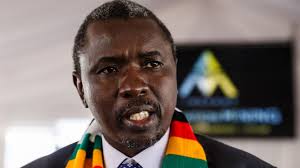Early signs show tight Kenyan presidential election
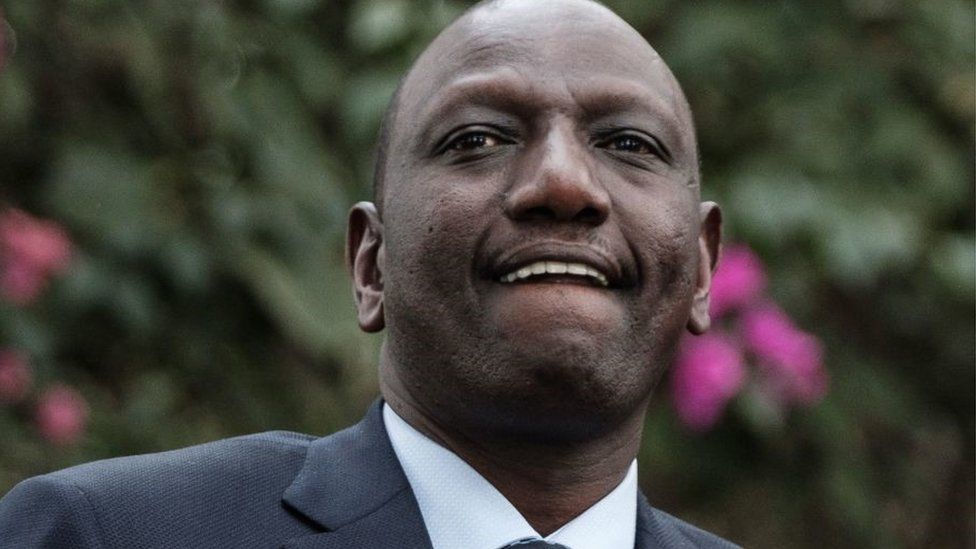
Kenya President William Ruto
Preliminary results from Kenya’s presidential election showed a tight race between the two main candidates vying to replace President Uhuru Kenyatta, with citizens praying an announcement of a winner would not unleash violence as in years past.
The Tuesday election is an important test for stability in East Africa’s biggest economy, where two of the last three elections led to bloodshed and disputes over accusations of rigging.
Tuesday’s polls were largely peaceful, although police said they were hunting a legislator who shot dead a rival’s aide outside a polling station. In the northern town of Eldas, where clashes prevented elections on Tuesday, polling stations opened peacefully on Wednesday, election officials said.
The presidential frontrunners, Deputy President William Ruto and veteran opposition leader Raila Odinga, are in a close race, results tabulated by the Kenyan media showed. The winning candidate must get 50% plus one vote.
Outgoing President Kenyatta, who has reached his two-term limit, fell out with Ruto after their re-election in 2017 and has endorsed Odinga.
“We are just praying for peace and a good leader,” said vegetable seller Crispin Wasonga in the capital.
More than 1,200 people were killed after a disputed 2007 poll and more than 100 after the 2017 poll.
MEDIA TALLIES
At 0800 GMT, privately-owned Citizen Television showed Ruto leading with just over 50 percent of the vote and Odinga at 48.5 percent. The privately-owned Nation group had Ruto leading by 51 percent to Odinga’s 48 percent.

But academics following the media’s tally said they had found some errors, and cautioned that those results were not official.
The election commission, the Independent Electoral and Boundaries Commission (IEBC), posted images of more than 95% of election result forms, from a total of 46,663 polling stations.
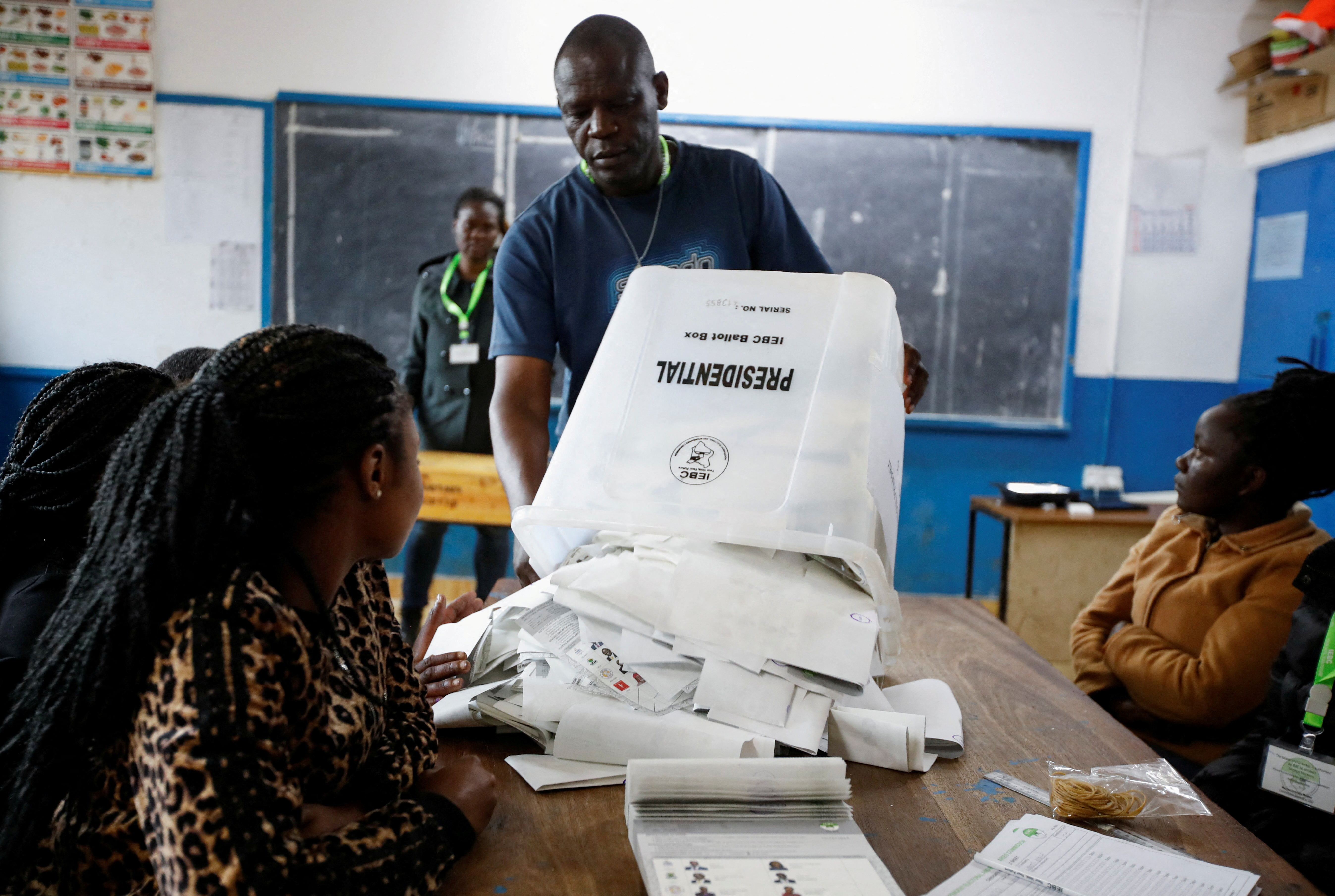
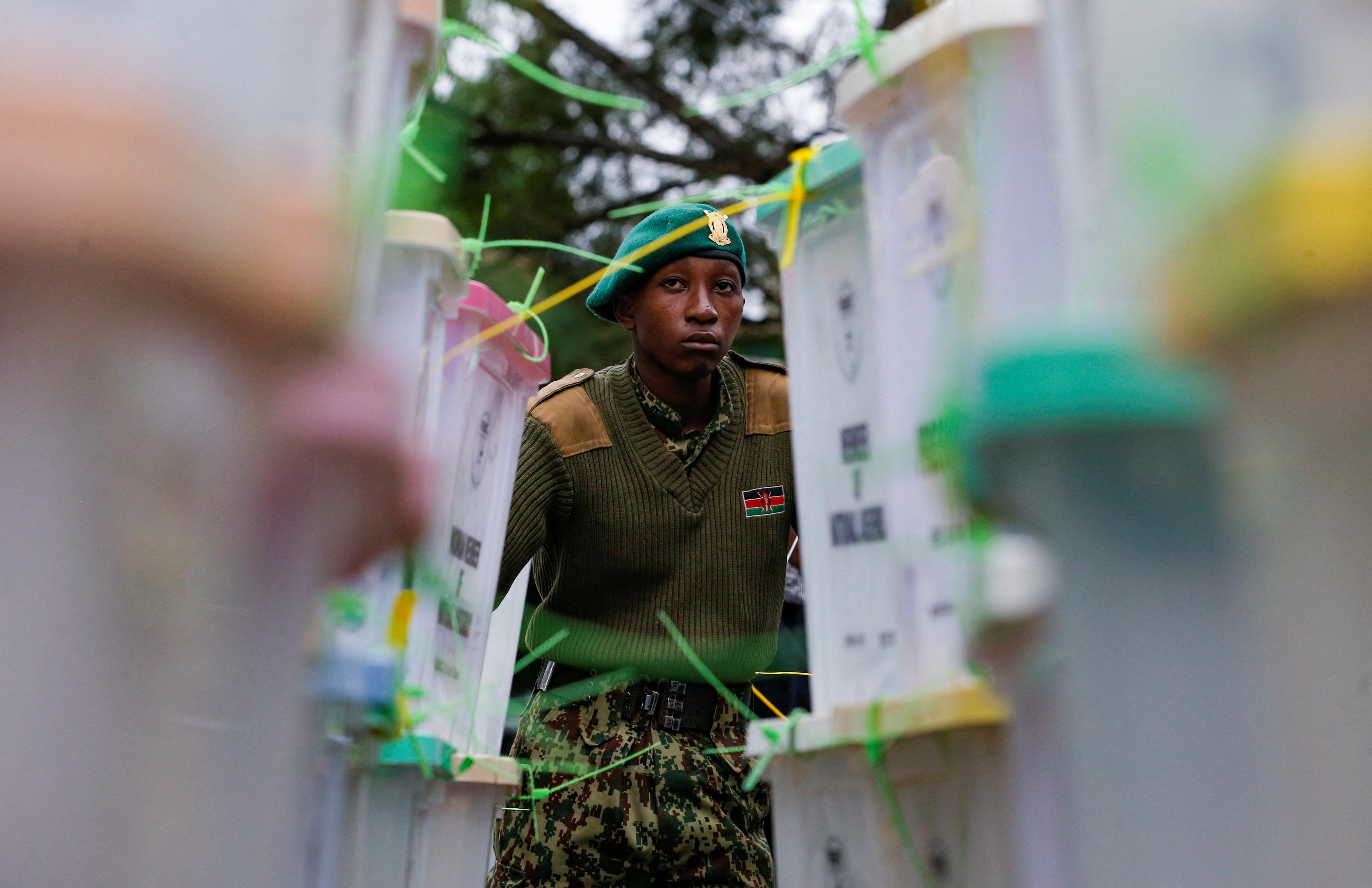
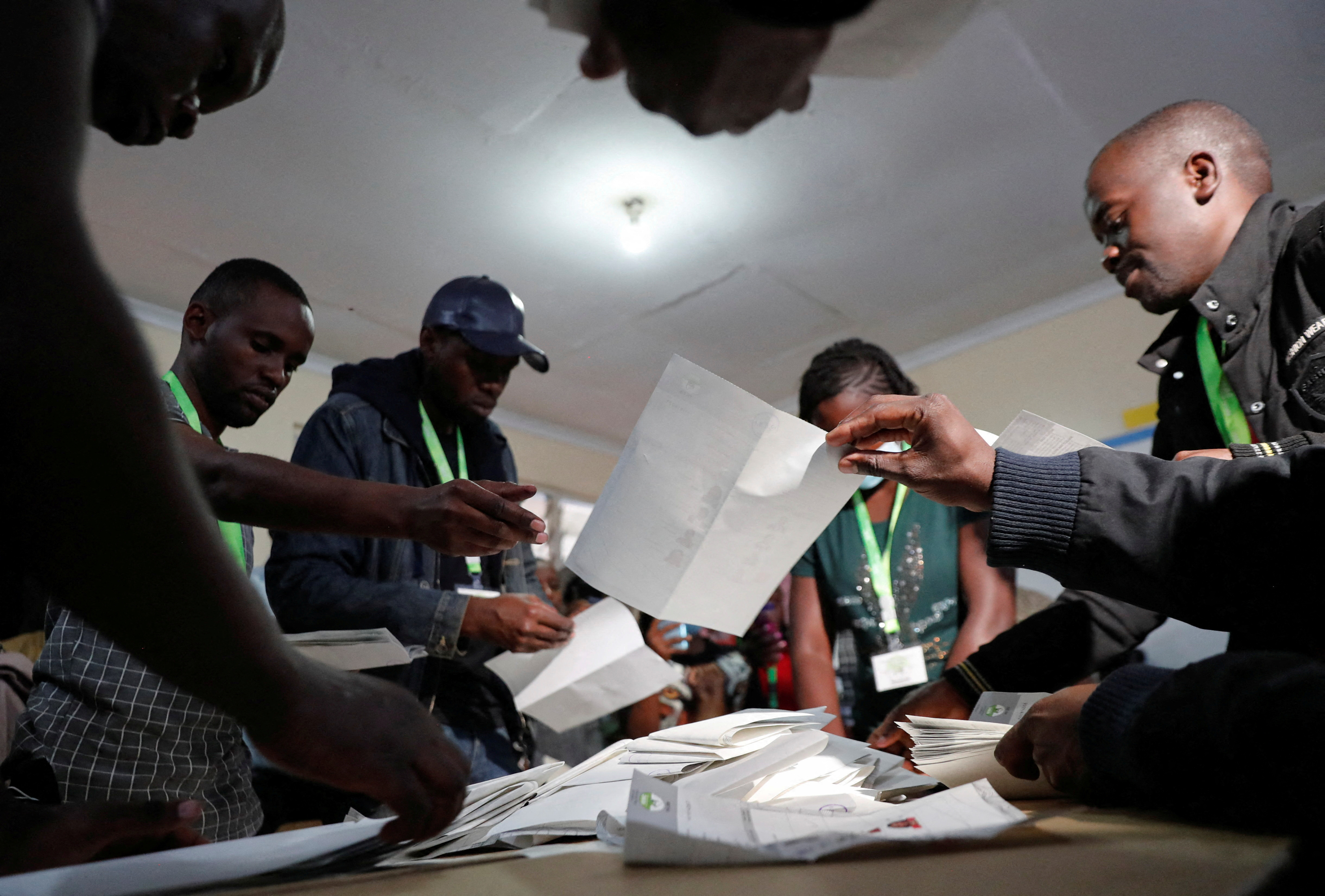
1/5
A National Youth Service (NYS) officer stands guard near sealed ballot boxes containing electoral materials at an Independent Electoral and Boundaries Commission (IEBC) tallying centre after the general election in Nairobi, Kenya August 10, 2022. REUTERS/Thomas Mukoya
The commission is only posting pictures, not numbers. Only two out of 290 constituency-level results are available on the commission’s website. The constituency result forms have to be tallied at the site and then physically taken to the national tallying centre in the capital, Nairobi, and verified before the commission issues official results.
The process is partly the result of a Supreme Court ruling in 2017 that overturned the initial re-election of Kenyatta in August that year, citing the commission’s failure to follow the process to the letter.
At a constituency tallying centre in the county hall of the western town of Eldoret, green-vested officials walked through rows of neatly stacked ballot boxes. Country music blared through the sound system but was paused when electoral officials announced newly-received results from each station over a microphone.
In the centre of town, throngs of men huddled on sidewalks, excitedly talking politics.
“We are happy because William Ruto will be our next president!” exclaimed one.
Meanwhile in Kisumu, the heartland of Odinga, the vuvuzelas and whistles had quieted down as citizens awaited results.
LOW TURNOUT
The final result from the IEBC is expected in days, although legally, it has up to a week.
Turnout was low for Kenya on Tuesday, when voters also chose legislative and local authority representatives.
The commission said it believed that about 60% of the 22.1 million registered voters cast ballots. Turnout was nearly 80% in the last election in 2017.

Not appearing in official figures on turnout are the millions of Kenyans who chose not to register to vote; the commission had hoped to sign up 6 million but got less than half of that.
Several factors were blamed for the disappointing turnout including drought in the north, which has forced more than 4 million Kenyans to depend on food aid, and voter frustration with the government’s failure to tackle economic problems such as rising food and fuel prices.
–Reuters
